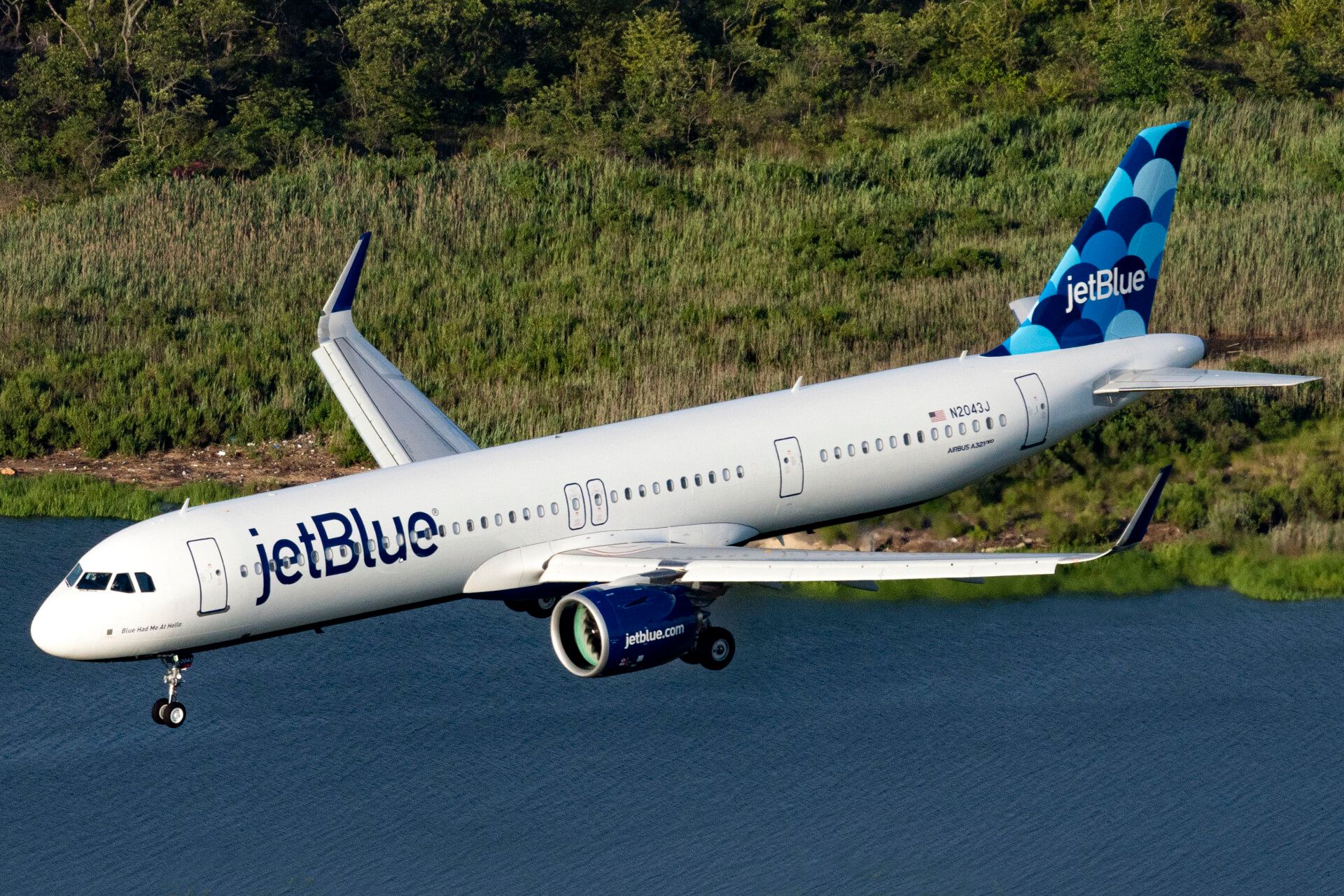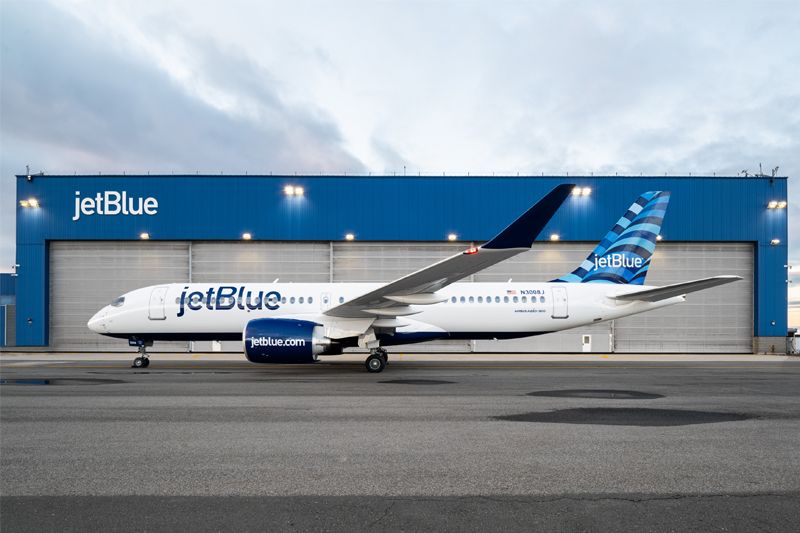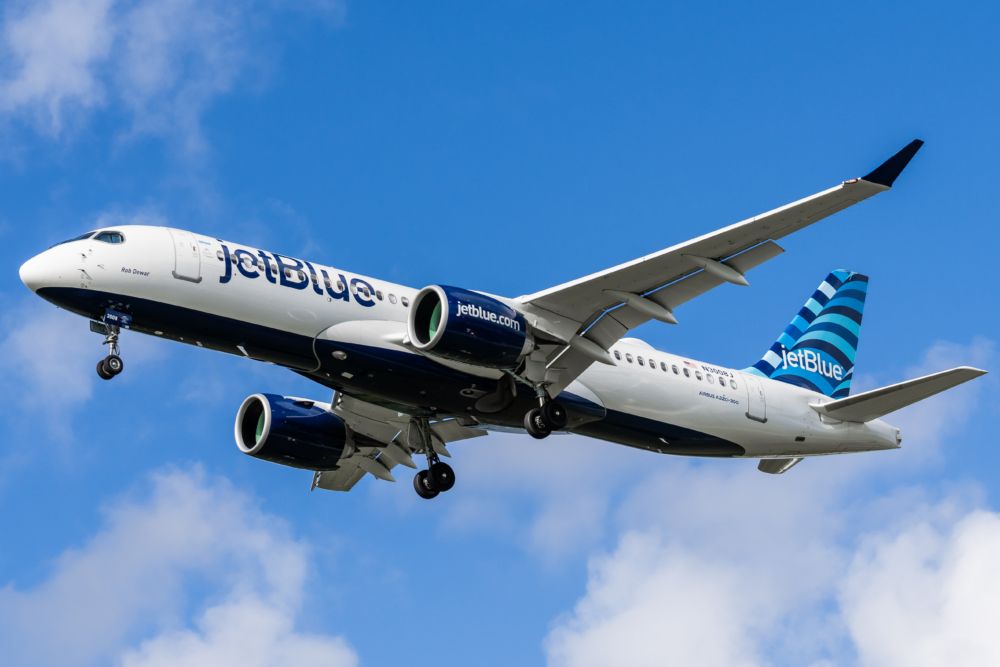JetBlue has made one of the most ambitious decarbonization declarations in aviation. The airline aims to achieve net-zero by 2040, a whole decade before most of the industry. But all the proclamations in the world are not worth much unless they are backed up by concrete plans. In a report issued on Tuesday, JetBlue outlined how it is working to create a cleaner world - while also preparing for its rapid heating.
Targets on the way to 2040
Yesterday, JetBlue released its Environmental Social Governance (ESG) report for 2019 - 2020. The paper discusses governance structures and social responsibility as well as environmental investments, impacts, and metrics. The broad environmental targets identified in the report are:
- Reducing aircraft emissions by 25% per available seat mile (ASM) compared to 2015 levels by 2030 - excluding offsets.
- Achieving net-zero emissions by 2040 - including offsets.
- 10% of fuel to come from Sustainable Aviation Fuel by 2030.
- 40% of the three most common ground support equipment vehicle types to be converted to electric by 2025, increasing to 50% by 2030.
- Eliminate single-use plastics in service wherever possible. If not possible making sure plastic is recyclable.
- Maintain at least an 80% recycling rate for audited domestic flights.
“We’re facing climate change head-on to work toward a healthier planet, ensure our success and strengthen shareholder value. Despite a challenging year, we have sharpened our focus on ESG. Our experiences in 2020 only reinforced the importance of mitigating risks that threaten the health of our business," Joanna Geraghty, JetBlue's Chief Operating Officer, shared in a statement.
Stay informed: Sign up for our daily and weekly aviation news digests.
Climate risk analysis
Last year, the airline conducted its first climate risk analysis. This was done using two different scenarios. One was labeled 'High Emissions' - basically, business as usual, and the world experiences warming temperatures between 4.2 to 5.4 degrees Celsius by 2100.
The other was dubbed 'Low Emissions'. According to the second scenario, a coordinated, global effort succeeds in lowering overall greenhouse gas emissions, and warming is capped at 1.7 to 3.2 degrees Celsius by the end of the century. Overall, the airline identified extreme temperatures as the greatest risk to its operations.
Impact in both scenarios ranges from, in varying degrees and among other things, disruption to supply chains due to severe weather and severe increases in fuel prices, to reduced revenue due to flights canceled from reduced air density and increased transmission of, for instance, dengue fever, West Nile virus, and other diseases.
New planes big part of the puzzle
JetBlue is committed to introducing new fuel-efficient aircraft across its fleet, which will drastically improve per-seat emissions. Thus far, the carrier has taken delivery of six A220-300s, and 21 of the A320neo family. It is expecting another 64 of each.
JetBlue also believes that being an early mover on SAF will allow for more favorable long-term contracts as it grows SAF across its network. Furthermore, the airline sees an opportunity in increased revenue from customers seeking more sustainable ways to travel. Leading in sustainability, it says, is part of the JetBlue brand, and it will continue to embrace it as part of the airline's identity.
Fail to prepare, prepare to fail
While mitigation is the top priority, airlines must also prepare for a future that will, undoubtedly, look different from today. JetBlue has also identified a number of commitments to mitigate financial risks (an airline is a company after all) associated with both rising temperatures and transitioning to low-carbon technology.
For instance, the airline is working with airports in hurricane-prone areas to help maintain airport viability, with pre- and post-hurricane season prepping sessions. It is also investing in the resiliency of assets, such as aligning the new hangar at JFK with rising temperature, precipitation, and sea-level guidelines.
Have you read JetBlue's ESG report? What do you make of it? Will you be willing to choose an airline more focused on sustainability than others? Leave a comment below and tell us.



